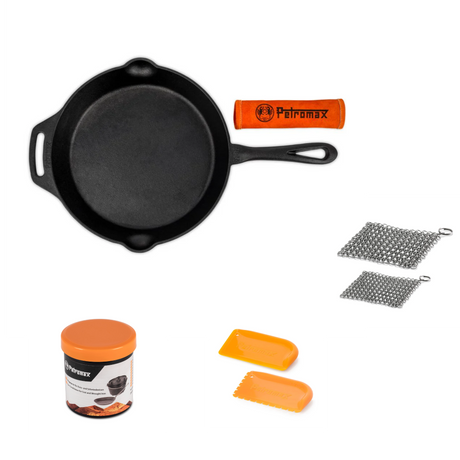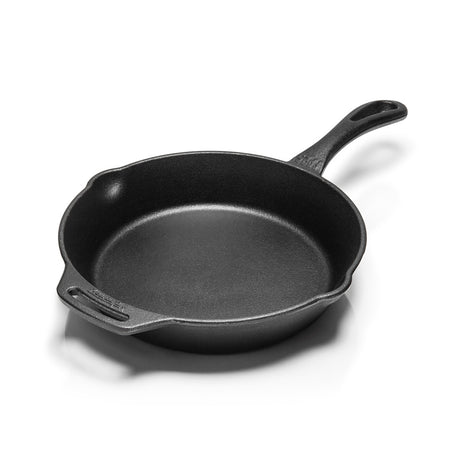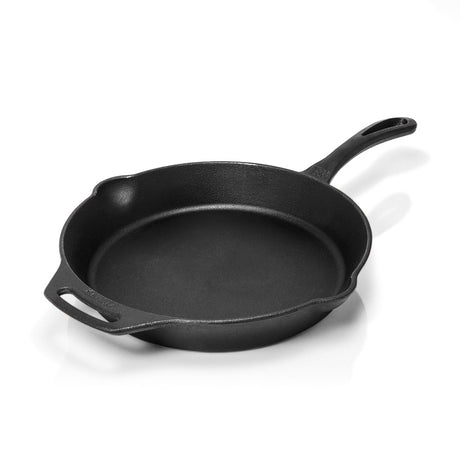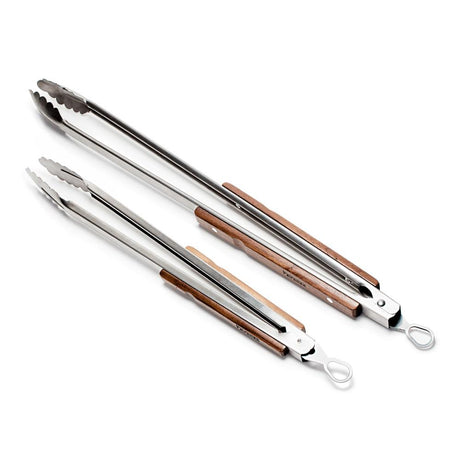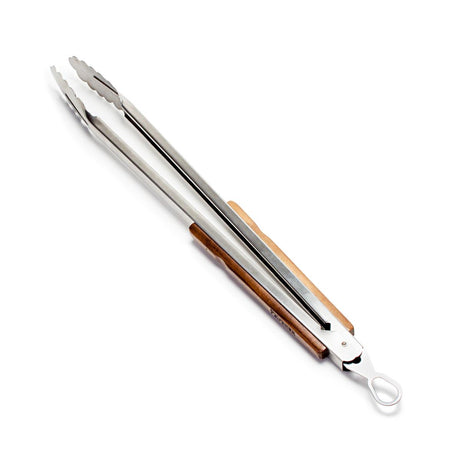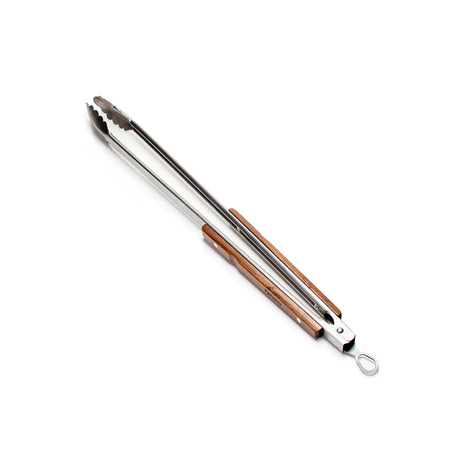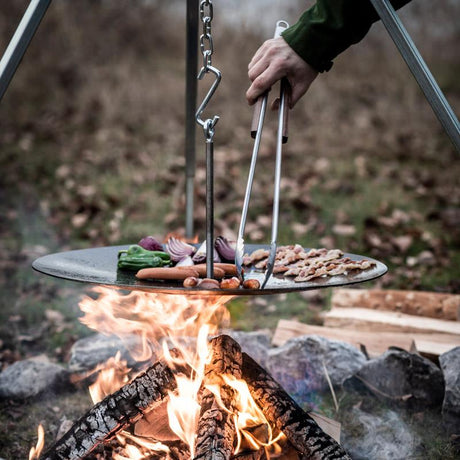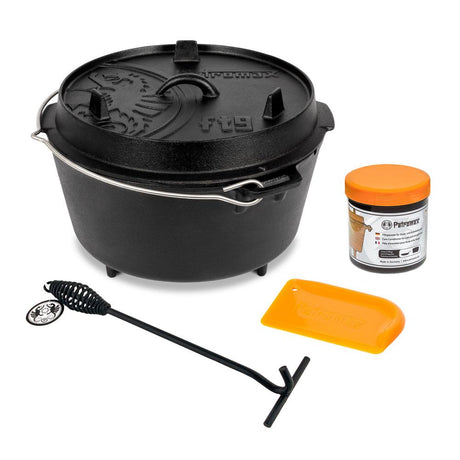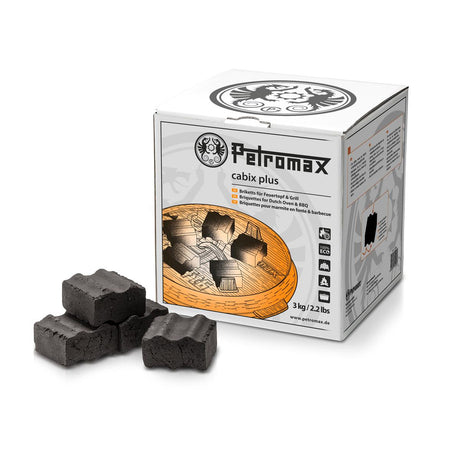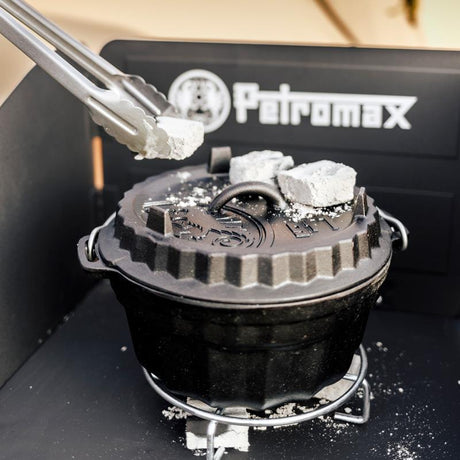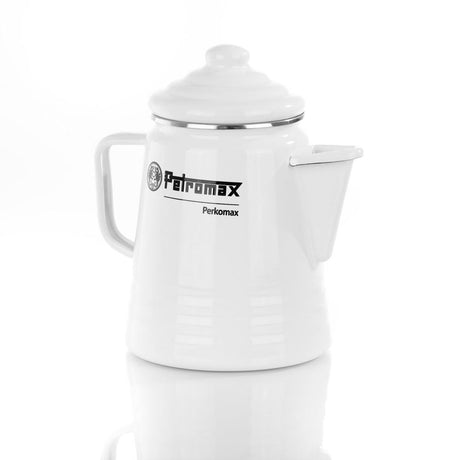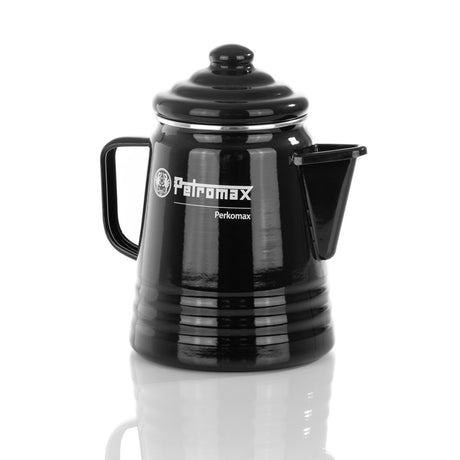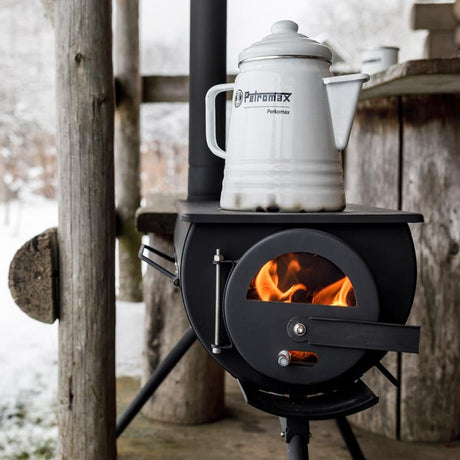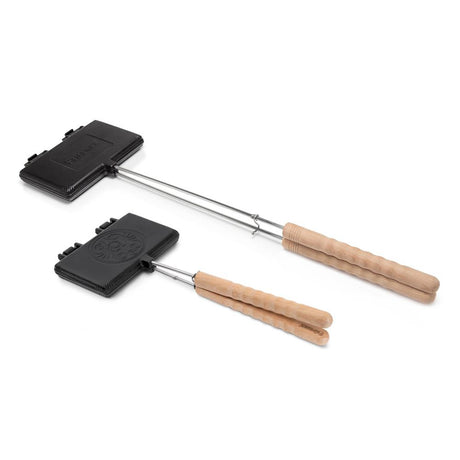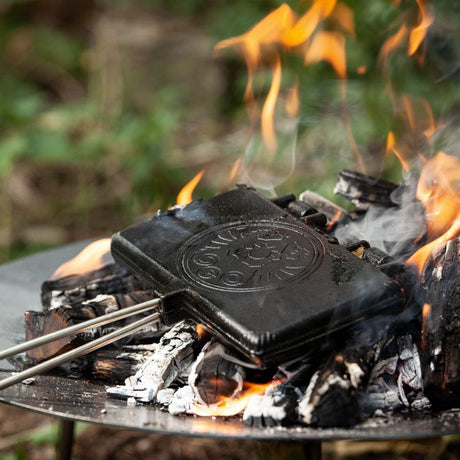The tempting aroma of freshly baked bread is one of the most beautiful aromas that can fill a kitchen. With a Dutch oven or loaf pan, you can easily bring this special treat into your home. In this article, we show you 7 fantastic recipes that are guaranteed to succeed. From classic rye bread to unusual creations such as our popular pumpkin bread, there is something for every taste.
Table of contents
Why bake bread in a Dutch oven?
Our 7 Dutch Oven bread recipes
The perfect equipment: Petromax loaf pans
Tips for perfect bread from the Dutch Oven
Conclusion
Frequently asked questions about baking bread in the Dutch Oven
Why bake bread in the Dutch Oven?
Baking bread in the Dutch Oven or in a cast-iron loaf pan offers you the opportunity to make bakery-quality bread. The special design ensures optimum heat distribution, resulting in a perfectly crispy crust, while the inside remains wonderfully moist and airy. The closed lid creates an ideal baking atmosphere that is in no way inferior to that of a professional bakery oven. Its versatility is also particularly practical: whether in the kitchen at home or outside by the campfire, with the right technique you can make the perfect Dutch oven bread anywhere. Baking bread in this traditional cast iron vessel is an experience that will delight beginners and experienced bakers alike.
Our 7 Dutch oven bread recipes

1. folded bread with herbs - a taste experience
Our folded bread with herbs is a real eye-catcher on any table. The special folding technique not only ensures an impressive appearance, but also a unique taste experience. The fine slats allow the aromatic herb butter to run through the entire loaf, making each piece a special treat. The crispy crust harmonizes perfectly with the juicy interior, while the herbs provide a wonderful seasoning. This bread is ideal as a side dish with grilled food or on its own as a hearty snack.
Ingredients
- 600g flour (type 405)
- 350ml lukewarm water
- 100g herb butter
- 42g fresh yeast
- 1 tsp sugar
- 2 tsp salt
Preparation in a nutshell
- Prepare the yeast dough and leave to rise for 1 hour
- Spread with herb butter, cut into strips and fold
- Leave to rise for another 30 minutes
- Bake at 180°C for 50-60 minutes
To the detailed herb folded bread recipe
2. pumpkin bread - an autumnal delight
As the days get shorter and the pumpkin season begins, this bread is an absolute must. The natural sweetness of the Hokkaido pumpkin not only gives the bread its characteristic golden yellow color, but also an unmistakable, mildly nutty taste. The velvety texture of the pumpkin puree makes the dough particularly moist and gives it a wonderfully fluffy crumb. A hint of honey underlines the natural sweetness of the pumpkin, while the sunflower oil ensures a perfect consistency. This bread is the ideal accompaniment to autumnal soups or simply on its own with good butter.
Ingredients
- 300g Hokkaido pumpkin
- 500g wheat flour
- 1 sachet of dry yeast
- 2 tbsp honey
- 3 tbsp milk
- 100ml sunflower oil
- 1 tsp salt
Preparation in a nutshell
- Sauté and puree the pumpkin
- Mix all ingredients into a dough
- Leave to rise for 45 minutes
- Bake at 180°C for about 30 minutes
To the detailed pumpkin bread recipe
3. roman bread - when pizza meets bread
Our Roman bread combines the best of both worlds: the hearty richness of pizza with the filling power of rustic bread. The combination of wheat and rye flour creates the perfect base for the tasty topping of creamy sour cream, aromatic herbs and juicy ham. The special rolling technique creates spiral-shaped layers, which not only make the bread an eye-catcher, but also impress with its taste. Every bite reveals new nuances of flavor and makes this bread a real taste sensation.
Ingredients
- 400g type 550 wheat flour
- 100g rye flour
- 300ml water
- 1/2 cube yeast
- 1 tsp salt
- Topping: sour cream, herbs, onions, ham
Preparation in a nutshell
- Prepare the dough and leave to rise for 1 hour
- Prepare topping and spread on rolled out dough
- Roll into a snail shape
- Bake for 60 minutes at 200°C
To the detailed recipe for Roman bread
4. rye bread with a double crust - traditionally good
This traditional rye bread is a tribute to the German art of bread baking. The special double crust technique ensures an exceptional taste experience: crispy and crunchy on the outside, moist and full of character on the inside. The high proportion of rye gives the bread its typical dark color and strong, slightly sour taste. The combination of sourdough and traditional bread spices creates a complex aroma profile reminiscent of good old-fashioned artisan baking. The long baking time in two phases enables the development of the characteristic double crust that makes this bread so special.
Ingredients
- 600g rye flour (type 1150)
- 300g wheat flour (type 550)
- 300g sourdough
- 3 tsp bread spice
- 3 tsp salt
- 500ml water
Preparation in a nutshell
- Knead the dough and leave to rise
- Bake in two phases: first 40 min for the crust
- Then 60 min at reduced top heat
To the detailed rye bread recipe
5. spelt bread - the wholesome alternative
Spelt is becoming increasingly popular, and for good reason. Our spelt bread combines the health benefits of this ancient grain with a fantastic taste experience. The combination of different types of spelt flour ensures a perfect balance: the light spelt flour makes the bread nice and airy, while the darker flour and the rye content provide the characteristic, nutty taste and a great crumb structure. The addition of sourdough and baking malt not only gives the bread a better shelf life, but also a wonderful depth of flavor. The long rising time allows the dough to develop its full flavor.
Ingredients
- 600g spelt flour 630
- 250g spelt flour 1050
- 100g wholemeal rye flour
- 75g sourdough
- 20g baking malt
- 30g butter
- 20g salt
- 1/2 cube yeast
- 470ml warm water
Preparation in a nutshell
- Prepare the yeast mixture
- Knead the dough in two phases
- Leave to rise for a total of 150 minutes
- Bake for 50 min
To the detailed spelt bread recipe
6. banana bread - sweet and moist
Our banana bread is the perfect way to turn overripe bananas into something delicious. The natural sweetness of the ripe bananas harmonizes wonderfully with the roasted nuts and subtle cinnamon aroma. The butter makes the dough particularly moist, while the vanilla provides a pleasant base note. The highlight of this recipe is the topping of banana slices, which caramelize during baking and give the bread an extra layer of flavour. This banana bread is not only a treat for breakfast, but also makes an excellent afternoon snack or dessert - especially when it is still slightly warm and served with a dollop of vanilla ice cream.
Ingredients
- 245g wheat flour
- 125g sugar
- 4 ripe bananas
- 115g pecans or walnuts
- 2 large eggs
- 115g butter
- 1 teaspoon vanilla
- 1 tsp cinnamon
- 1 pt. baking powder
- 1/2 tsp salt
Preparation in a nutshell
- Roast the nuts
- Prepare the batter
- Garnish with banana slices
- Bake for 60 minutes at 180°C
To the detailed sweet banana bread recipe
7. apple bread - fruity and fresh
This apple bread is a real taste explosion and combines the sweetness of juicy apples with the spice of crunchy nuts. The large quantity of fresh apples makes the bread particularly moist and gives it a natural freshness. The brown sugar and vanilla sugar caramelize slightly during baking and, together with the apples, create a complex aroma profile. The nuts give the soft bread a pleasant texture and an additional flavor kick. This bread tastes particularly delicious lightly toasted with a knob of butter - a real treat at any time of day.
Ingredients
- 400g flour
- 700g fresh apples
- 150g sugar
- 3 tbsp brown sugar
- 250g nuts of your choice
- 1 sachet vanilla sugar
- 1 sachet baking powder
- 1 pinch of salt
Preparation in a nutshell
- Cut apples into small pieces and mix with sugar
- Mix all the ingredients into a dough
- Bake for 65 minutes at 180°C
To the detailed fruity apple bread recipe
The perfect equipment: Petromax loaf pan
For really perfect baking results when baking bread, the right tools play a decisive role. The Petromax loaf pan made of cast iron is a true all-rounder in the kitchen. The high-quality material ensures optimum heat conduction and storage, allowing your baked goods to cook evenly and develop a perfect crust.
The natural non-stick effect of the cast iron improves with every use, making it easy to remove your loaves of bread from the pan. Thanks to the seasoned finish, the pan is ready to use straight away and does not need to be baked first. The two sturdy handles ensure safe transportation, even when the tin is hot. The versatility of the pan is particularly practical: In addition to traditional Dutch oven bread, it can also be used to bake succulent cakes, hearty casseroles or crispy roasts. The pan is suitable for all types of stoves, including induction, and cuts a fine figure both in the oven at home and around the campfire.
Discover our Petromax loaf pan here!
Tips for perfect bread from the Dutch Oven
The key to baking perfect bread in the Dutch Oven lies not only in the ingredients, but also in the right technique. Temperature control plays a decisive role here. When using briquettes, it is important to ensure the correct distribution between top and bottom heat. This varies depending on the recipe and the desired result. In the oven, you should ensure that the heat is evenly distributed and always preheat the pan well.
The consistency of the dough is another important factor. A well-kneaded dough develops a strong gluten network, which ensures a nice crumb structure. Take your time when kneading and observe the specified rising times - they are crucial for the flavor development and the rising of the dough. Before placing in the preheated Dutch oven, it is advisable to carefully shape the loaf again on a floured work surface. The work surface should be generously dusted with flour so that the dough does not stick and can be easily transferred to the baking tin. Caring for your cast iron pan is also very important for long-lasting baking success when baking bread. The pan should be thoroughly cleaned and dried well after each use. Regular care with a thin film of oil prevents rust from forming and continuously improves the non-stick properties.
Conclusion
Baking bread in a Dutch oven is more than just a preparation method - it is an art form that is surprisingly easy to master with a little practice and the right tools. Our seven selected recipes offer a perfect introduction to this fascinating world of bread baking. From traditional variations to creative interpretations, everyone will find their favorite bread here.
The Petromax loaf pan proves to be a reliable partner that impresses with its high-quality workmanship and well thought-out design. It enables even beginners to make bakery-quality bread.
Frequently asked questions about baking bread in a Dutch oven
How do I know when my bread is done?
A sure sign that the bread is done is the characteristic hollow sound when you knock on the underside. The crust should also have a nice golden brown color.
Can I also prepare the recipes in the oven?
The Dutch Oven and our cast iron dishes in particular are also ideal for use in the oven: so yes, all the recipes presented can be prepared in the oven at home without any problems. Please note the specified temperatures and adjust the baking time to your oven if necessary.
Can I shorten the rising time of the dough?
We advise you not to shorten the rising time! The rising time is an important aspect of baking bread. It is essential for the development of taste and texture. During this time, the characteristic aromas develop and the dough develops its typical structure. Shortening the rising time therefore has a direct effect on the end result.
Do I need to grease the pan beforehand?
Greasing the pan is particularly important for beginners. This is not absolutely necessary for a well-maintained cast iron pan with a developed patina. However, it can be helpful to lightly grease the pan at the beginning until the natural non-stick effect of the cast iron has fully developed.
Dutch Oven, campfire and good food - the perfect combination! Take a look at our other blog posts and get inspired for your next outdoor cooking adventure!
Dutch Oven stew - The best recipes
The best vegetarian Dutch Oven recipes
Dutch Oven soups - The best recipes
Christmas by the open fire: Festive recipes for Dutch Oven & Co.








